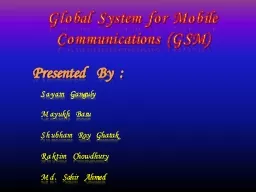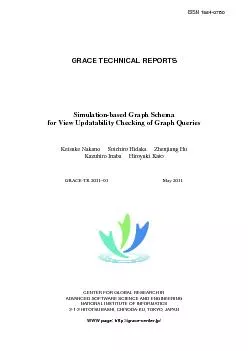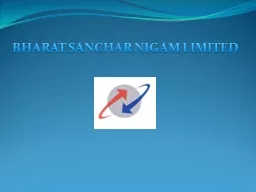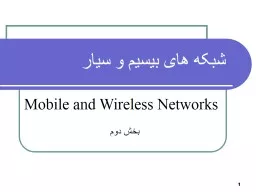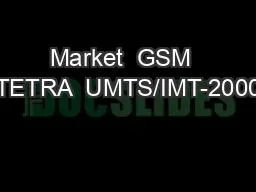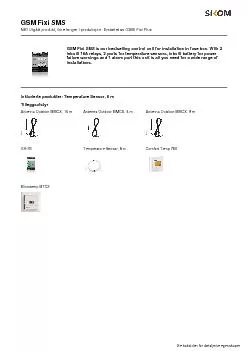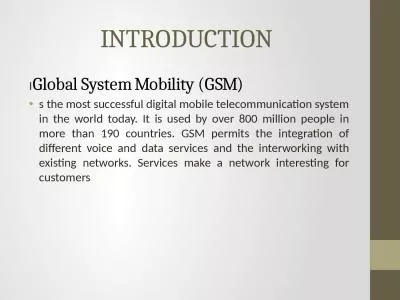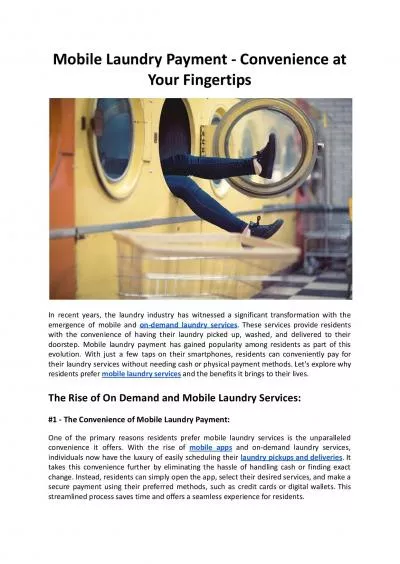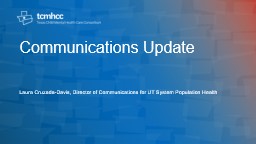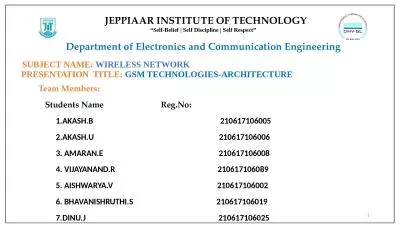PPT-Global System for Mobile Communications (GSM)
Author : tatiana-dople | Published Date : 2017-07-30
Presented By Sayam Ganguly Mayukh Basu Shubham Roy Ghatak Raktim Chowdhury Md Sahir Ahmed An introduction to GSM Global System for Mobile Communications GSM is
Presentation Embed Code
Download Presentation
Download Presentation The PPT/PDF document "Global System for Mobile Communicati..." is the property of its rightful owner. Permission is granted to download and print the materials on this website for personal, non-commercial use only, and to display it on your personal computer provided you do not modify the materials and that you retain all copyright notices contained in the materials. By downloading content from our website, you accept the terms of this agreement.
Global System for Mobile Communications (GSM): Transcript
Download Rules Of Document
"Global System for Mobile Communications (GSM)"The content belongs to its owner. You may download and print it for personal use, without modification, and keep all copyright notices. By downloading, you agree to these terms.
Related Documents

